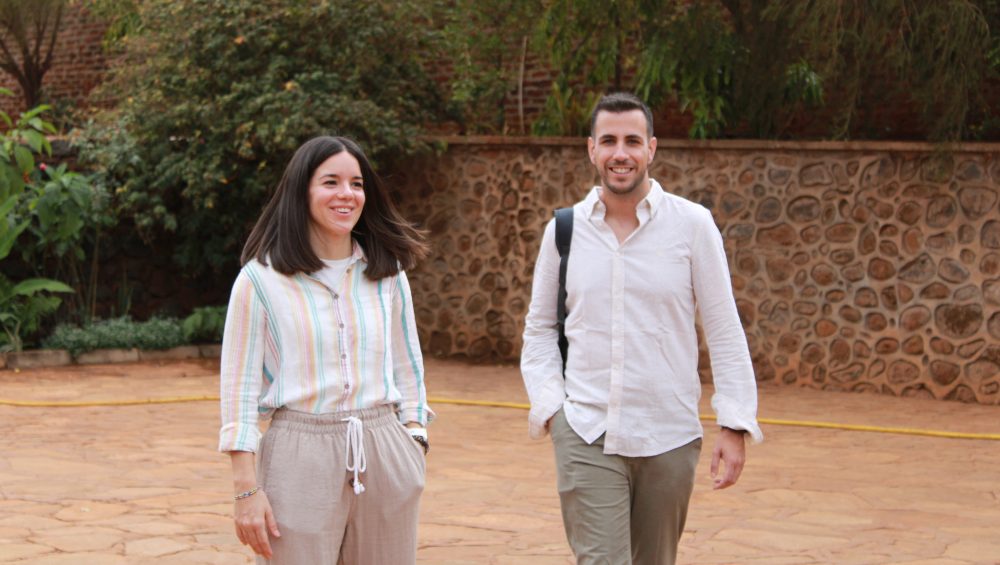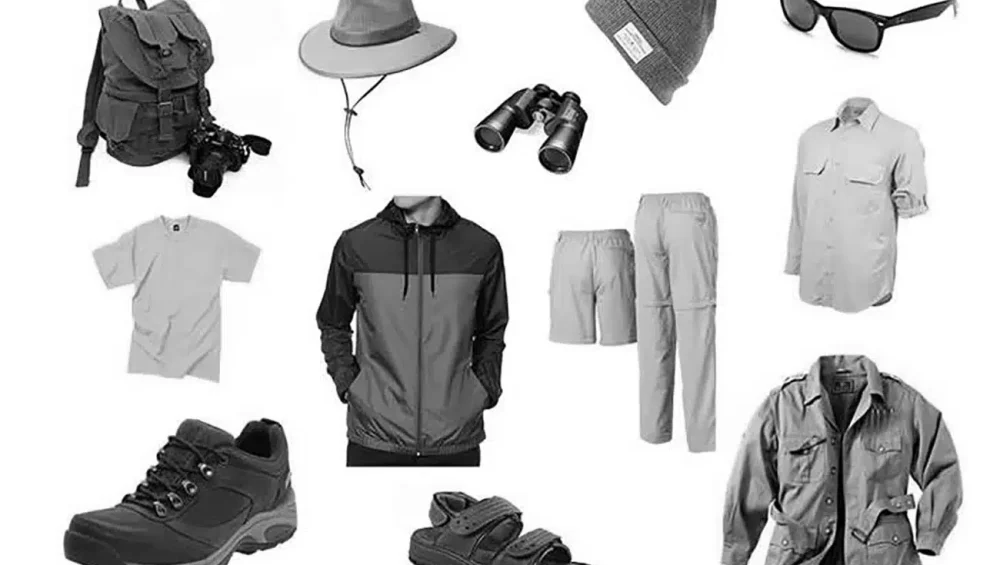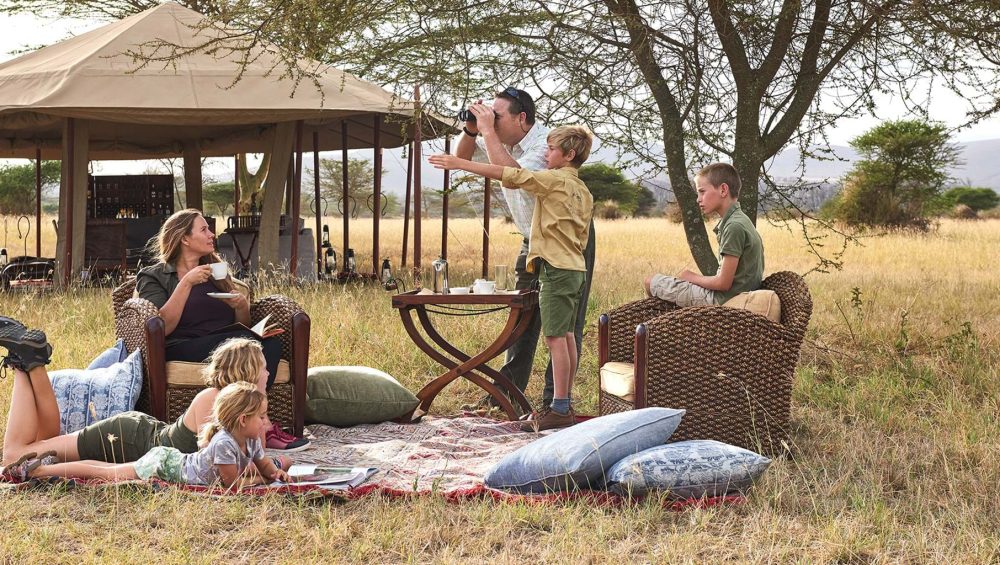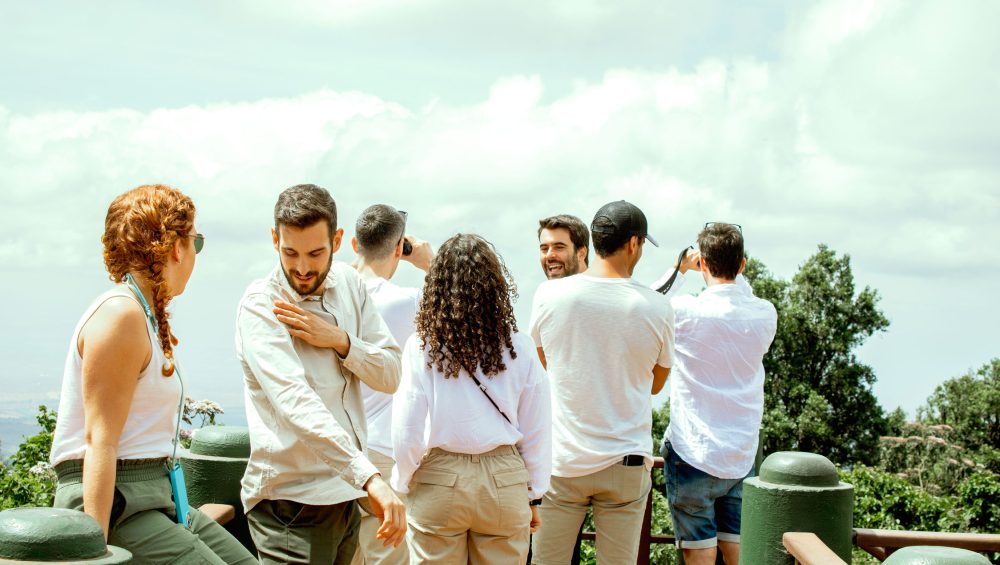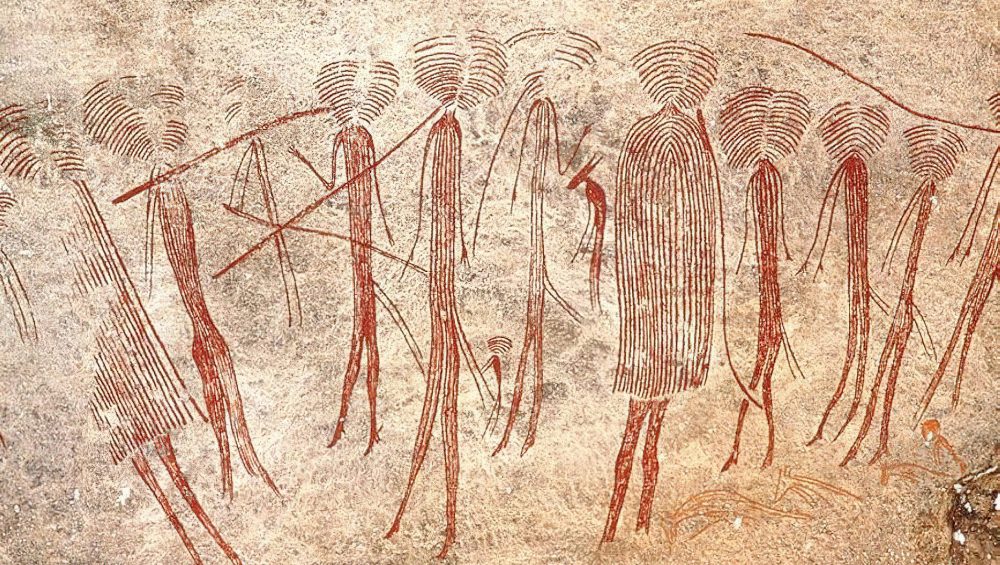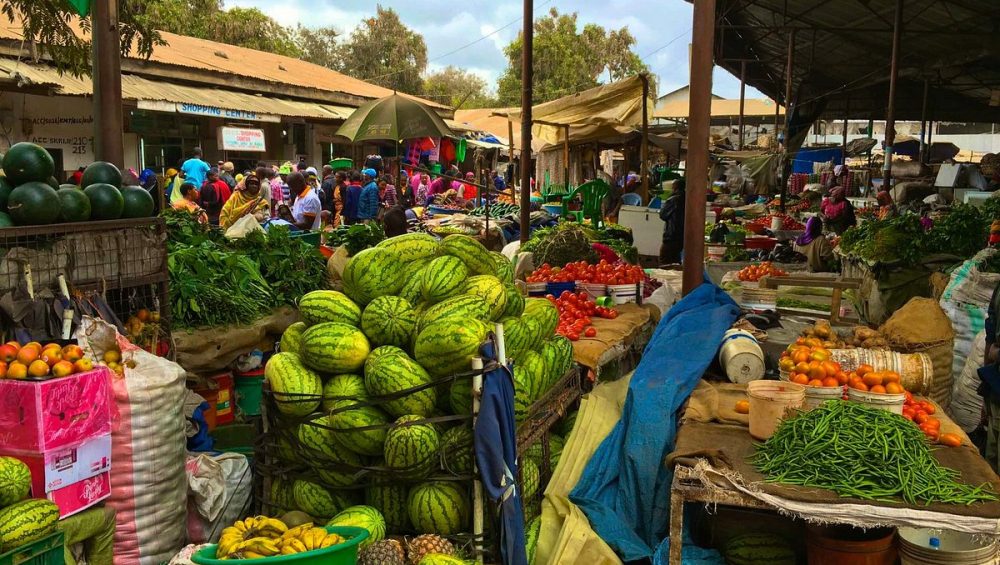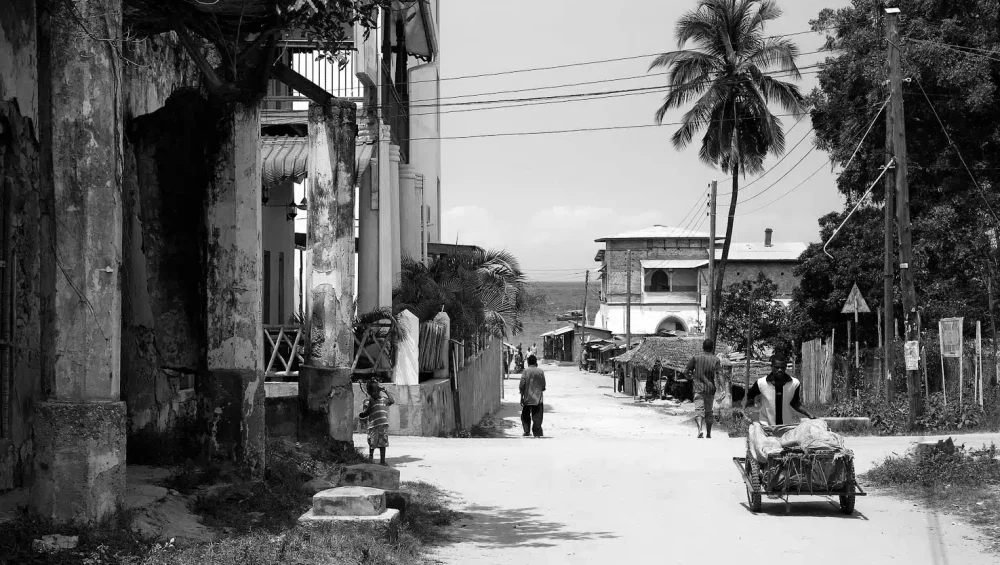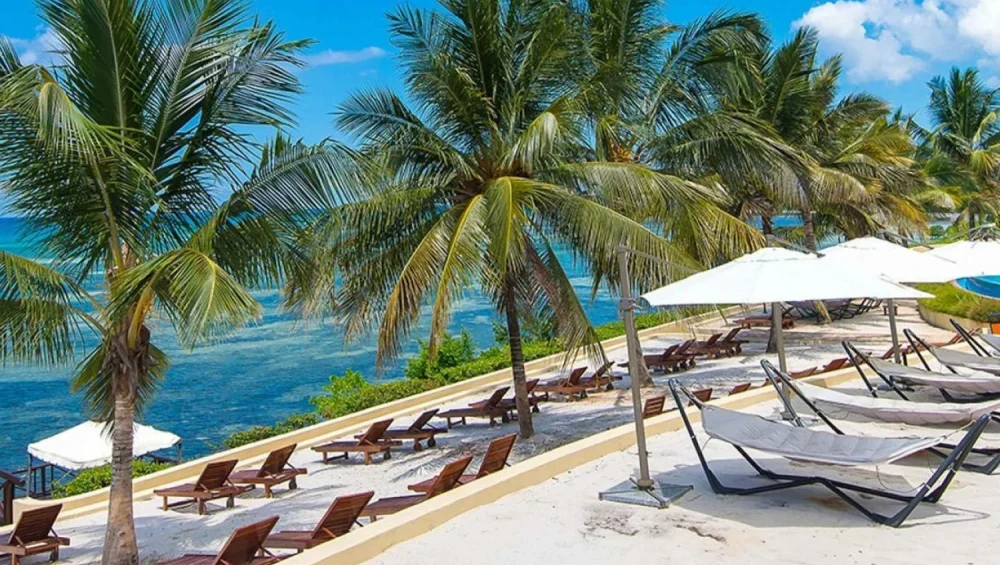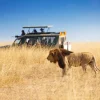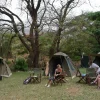Best Travel Insurance for a Safari Adventure in Tanzania
Best Travel Insurance for a Safari Adventure in Tanzania
A safari in Tanzania is an exciting, once-in-a-lifetime experience, but it also comes with unique risks. From flight cancellations and medical emergencies to unexpected injuries in the wilderness, having the right travel insurance is essential for peace of mind.
Here’s a detailed guide to choosing the best travel insurance for your safari adventure!
1. Why You Need Travel Insurance for a Safari
Tanzania’s remote safari locations make proper coverage essential. Here’s why:
✔️ Medical Emergencies – Many safaris take place in remote areas, where the nearest hospital may be hours away.
✔️ Emergency Evacuation & Air Rescue – In case of a serious injury, you may need an air ambulance to a hospital in Arusha, Nairobi, or even back home.
✔️ Trip Cancellations or Delays – Flights to Tanzania (or between parks) may be delayed due to weather, mechanical issues, or airline strikes.
✔️ Lost, Stolen, or Damaged Gear – Cameras, binoculars, and travel essentials can be lost or damaged.
✔️ Wildlife-Related Incidents – While rare, safari injuries can happen (such as insect bites, snake encounters, or falls).
✔️ Adventure Sports Coverage – If you plan to go on a walking safari, hot air balloon safari, or Kilimanjaro trek, special coverage is needed.
💡 Tip: Look for a policy that includes medical evacuation, as many safari destinations are in remote areas with limited medical facilities.
2. Key Features to Look for in Safari Travel Insurance
When choosing safari travel insurance, make sure it includes:
🩺 Medical Coverage – Covers hospital stays, doctor visits, and treatment in case of injury or illness.
🚁 Emergency Evacuation & Repatriation – Essential for safaris, ensuring helicopter or air rescue transport to the nearest hospital.
📅 Trip Cancellation & Interruption – Reimburses you if your trip is canceled due to illness, family emergencies, or unexpected travel restrictions.
🎒 Lost, Stolen, or Delayed Luggage – Covers replacement costs for stolen or delayed baggage, including camera gear and binoculars.
⛑️ Adventure Sports Coverage – If you’re doing hot air ballooning, hiking, or diving in Zanzibar, make sure your policy covers it.
🦟 Medical Coverage for Tropical Diseases – Includes treatment for malaria, dengue fever, and other illnesses common in Africa.
❌ COVID-19 Coverage – Some policies include medical treatment, trip cancellation, or quarantine expenses due to COVID-19.
💡 Tip: Many standard travel insurance policies exclude adventure activities like walking safaris or Kilimanjaro climbs—check before booking!
3. Best Travel Insurance Providers for a Safari in Tanzania
Here are some of the top-rated travel insurance providers for safaris:
1️⃣ World Nomads – Best for Adventure Travelers
✔️ Covers safaris, trekking, and adventure activities
✔️ Medical evacuation up to $500,000
✔️ Gear protection for cameras, binoculars, and phones
✔️ 24/7 emergency assistance
💰 Best for: Adventurous travelers, backpackers, and those climbing Kilimanjaro.
2️⃣ Allianz Travel Insurance – Best for Families & Groups
✔️ Strong trip cancellation/interruption coverage
✔️ Kids covered for free under family plans
✔️ Medical coverage up to $250,000
✔️ Covers lost baggage and travel delays
💰 Best for: Families, groups, and those wanting reliable coverage.
3️⃣ Travel Guard by AIG – Best for Comprehensive Coverage
✔️ High medical coverage up to $1,000,000
✔️ Covers medical evacuation and repatriation
✔️ Cancel for Any Reason (CFAR) option
✔️ 24/7 global assistance
💰 Best for: Travelers wanting extensive medical coverage and trip protection.
4️⃣ SafetyWing – Best for Budget Travelers & Digital Nomads
✔️ Flexible monthly insurance for long-term travelers
✔️ Covers emergency medical evacuation
✔️ Covers COVID-19
✔️ Affordable pricing
💰 Best for: Long-term travelers, budget travelers, and expats.
5️⃣ Medjet – Best for Medical Evacuation
✔️ Specializes in emergency air evacuation
✔️ Transfers you to a hospital of your choice worldwide
✔️ No deductibles or co-pays
✔️ Great for remote safari locations
💰 Best for: Travelers who want top-tier medical evacuation coverage.
4. How Much Does Safari Travel Insurance Cost?
💰 Prices vary based on age, trip length, destination, and coverage limits, but here’s a general breakdown:
- Basic Plan: $50 – $100 per person (medical-only)
- Comprehensive Plan: $150 – $400 per person
- Annual Plan: $300 – $800 per year
💡 Tip: If traveling as a family or group, look for multi-person discounts to save money.
5. How to Choose the Best Travel Insurance for You
✅ Traveling Solo or on a Budget? → World Nomads or SafetyWing
✅ Traveling with Kids? → Allianz Travel Insurance
✅ Want the Best Medical Coverage? → AIG Travel Guard
✅ Visiting Remote Safari Areas? → Medjet for Air Evacuation
✅ Luxury Safari & High-Value Gear? → World Nomads (Gear Coverage)
Final Thoughts: Don’t Safari Without Insurance! 🚑
A safari in Tanzania is an unforgettable adventure, but it’s essential to protect yourself against unexpected events. From wildlife encounters to flight delays, the right travel insurance ensures you can enjoy your trip worry-free.
🌍 Before booking your trip, compare policies, read the fine print, and choose the best insurance for your needs!
Deals and Discounts
Our Best Selling Tanzania Tours & Safaris
2 Days Tanzania Budget Safari
- Price: $500 per person
- Tour Type: Budget Safari, Joining Groups
- Place Visited: Arusha, Tarangire, Ngorongoro Crater
3 Days Safari Serengeti & Ngorongoro Crater
- Price: $750 per person
- Tour Type: Budget Safari, Joining Groups
- Place Visited: Arusha, Serengeti, Ngorongoro Crater
3 Days Tanzania Big 5 Budget Safari
- Price: $650 per person
- Tour Type: Budget Safari, Joining Groups
- Place Visited: Arusha, Tarangire, Lake Manyara, Ngorongoro Crater
3 Days Tanzania Safaris, Waterfalls And Coffee Tour
- Price: $620 per person
- Tour Type: Budget Safari, Joining Groups
- Place Visited: Arusha, Tarangire, Ngorongoro Crater, Materuni Waterfalls & coffee tour
3-Day Serengeti and Ngorongoro Camping Fly-in Safari
- Price: $1500 per person
- Tour Type: Budget Safari, Private Safaris, Camping Safaris, Fly In Safaris
- Place Visited: Arusha, Serengeti, Ngorongoro Crater, Zanzibar
3-Day Tarangire NP, Ngorongoro and Materuni Waterfalls
- Price: $605 per person
- Tour Type: Budget Safari, Joining Groups, Lodge Safaris
- Place Visited: Arusha, Tarangire, Ngorongoro Crater, Materuni Waterfalls & coffee tour
3-Day Tarangire, Ngorongoro and Kilimanjaro Hike
- Price: $715 per person
- Tour Type: Budget Safari, Joining Groups, Lodge Safaris
- Place Visited: Arusha, Tarangire, Ngorongoro Crater, Kilimanjaro Mountain
4 Day Taste of Tanzania Budget safari
- Price: $900 per person
- Tour Type: Budget Safari, Joining Groups
- Place Visited: Arusha, Tarangire, Serengeti, Ngorongoro Crater

